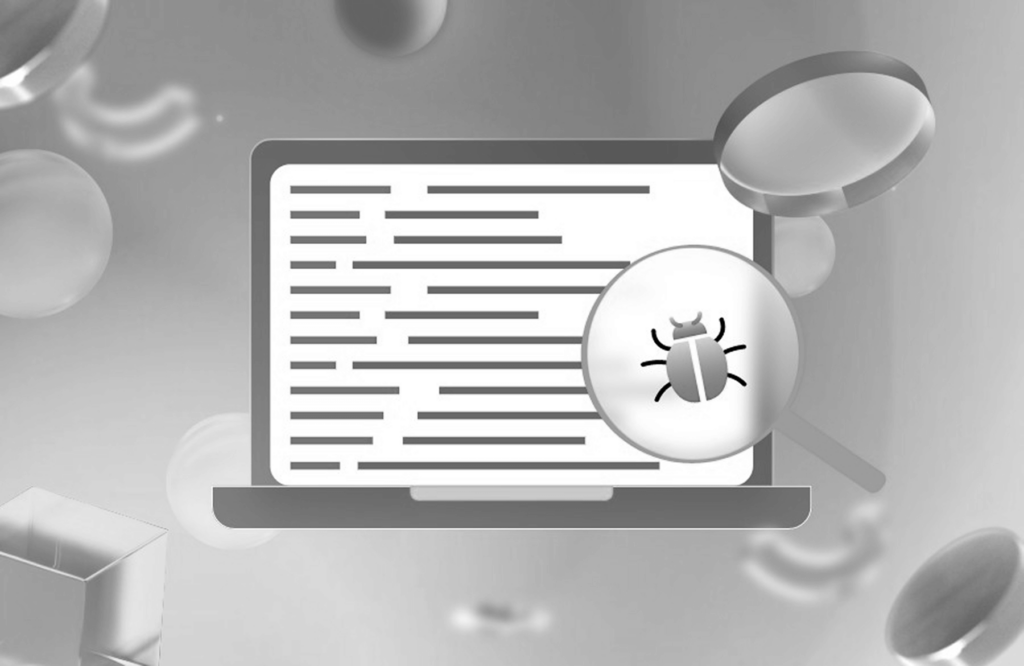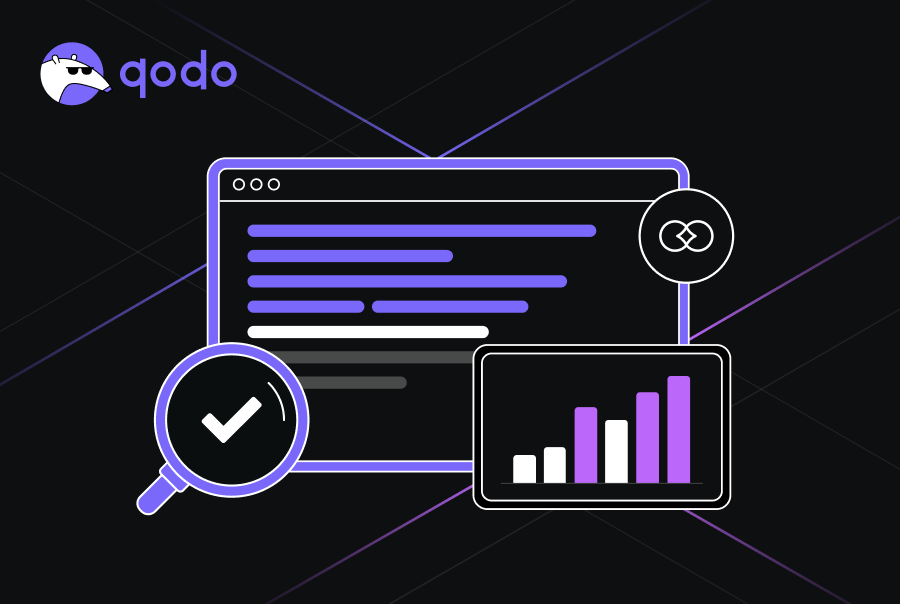Continuous Non-Blocking Code Reviews: Tips for Maximizing Efficiency


Code reviews are crucial when you’re building production software as they ensure that the application you’re developing:
- Works as expected on a functional level.
- Has readable and maintainable code.
But, as developers, we’ve all had a pull request that takes forever to review due to lots of differences that need to be reviewed before your code is merged onto the central codebase. At times like this, two common problems can arise:
- Your pull request could create merge conflicts as newer code is merged while your changes are under review.
- Your branch can become stale and creates an unnecessary tree of changes that need to be synced and verified.
Either way, this process delays submitting your changes to the central repository, hindering releases. This is where continuous non-blocking code reviews come into play.
Continuous code review aims to enhance the efficiency and effectiveness of reviewing code changes,reducing significant bottlenecks in the software development lifecycle.
What is continuous non-blocking code review?
Before diving into continuous non-blocking code reviews, let’s understand how we got here.
Pull requests and their issues
The most common approach teams take is through a pull request. In this approach, a developer raises a proposal to bring their changes onto the central codebase after being reviewed by a reviewer. The code is then merged into the central version control system, only after it meets all quality checks and standards.
But, this approach has its issues:
- Longer feedback loops: Once developers build a feature, they must wait for the review, review the feedback, address the issues, and change the code.
- Blocking reviews: Sometimes, a PR cannot be merged because one comment is left unaddressed due to third-party concerns. For example, it could relate to a change coming in through another developer, which is blocking your change from being merged.
- Context switching: Developers raise the pull request and start working on a new feature. However, the PR is only reviewed when the developer is halfway through the new feature. So, when the old feature is being reviewed, the developer must stop what they’re doing and revert back to the previous feature, hindering developer and reviewer productivity.
To combat such issues, continuous non-blocking code reviews were introduced.
A continuous non-blocking code review is a progressive approach to code reviews that aims to improve the efficiency of the development workflow by keeping the review process short and quick.
Simply put, a continuous non-blocking code review can be broken down as follows:
- Continuous process: This type of code review is a continuous process. In traditional code reviews, this is typically considered a stage of the development process. However, in this approach, the review is provided in parallel with the development process. This ensures that feedback is given in near-real time rather than through a comment.
- Non-blocking nature: In a traditional code review, you remain blocked until a reviewer reviews your code or merges it into a central repository. But, with this approach, reviews don’t halt the progress of the development pipeline. Instead, developers can continue working while feedback is being addressed, reducing idle time and enabling faster iteration.
- Small, incremental reviews: While traditional PRs have a large chunk of files under review, this approach emphasizes reviewing smaller, incremental changes (e.g., single commits or pull requests). This makes reviews faster and more focused.
Continuous non-blocking code reviews encourage teams to adopt modern agile and DevOps practices, resulting in an efficient development workflow.
Benefits of continuous non-blocking code review
If you’re adopting this type of code review into your development environment, it brings about several benefits, including:
1. Promotes automation
This type of review lets you seamlessly integrate automated tools like Qodo into your development workflow for code generation and even AI-assisted test case development, ensuring that repetitive tasks are performed more effectively.
By doing so, code reviewers can focus more on the overall architecture and business logic rather than focusing on issues like code quality.
2. Enhances code quality
When making incremental changes, you add only a limited number of files to the main repository. This allows critical bugs to be caught early on, reducing the risk of major issues.
Tools like Codium’s Qodo Gen IDE Plugin automatically generate high-quality code to ensure maintainable, effective code quality.
3. Creates faster feedback loops
Code changes are reviewed incrementally and continuously, enabling developers to receive feedback soon after submitting code.
Additionally, reviewing smaller code increments ensures reviewers can focus on specific details, leading to better feedback and more precise fixes.
4. Creates faster time to market
Continuous reviews ensure development progresses without unnecessary blockers, enabling faster feature delivery.
Additionally, incremental feedback ensures code quality remains high, reducing post-release issues and customer complaints.
[blog-subscribe]
Best practices for implementing continuous non-blocking code reviews
Implementing continuous non-blocking code reviews effectively requires careful planning, tool integration, and cultural shifts within development teams.
So, let’s explore some key best practices your team can adopt to help establish an effective continuous non-blocking code review process.
1. Automate checks to focus human effort on logic and design
Automating repetitive tasks ensures reviewers spend their time on meaningful aspects of code, like functionality, architecture, and logic. This can be done by establishing:
- CI/CD Pipelines: Automate unit tests, integration tests, and static analysis using tools like Jenkins, GitHub Actions, or GitLab CI/CD. You can use tools like Qodo Merge to automate PR reviews to get immediate feedback.
- Linters/Formatters: Enforce consistent code styles with tools like ESLint, Prettier (JavaScript), or Black (Python).
- Code Quality Analyzers: Leverage tools like SonarQube or CodeClimate to detect code smells, vulnerabilities, and maintainability issues.
For example, you can set up a CI/CD pipeline using GitHub actions that help build, test, and lint your code to ensure it meets expected quality standards.
name: CI Pipeline on: [pull_request] jobs: test: runs-on: ubuntu-latest steps: - uses: actions/checkout@v2 - name: Set up Python uses: actions/setup-python@v4 with: python-version: 3.9 - name: Install dependencies run: | pip install flake8 black pytest - name: Lint Code run: flake8 . - name: Format Check run: black --check . - name: Run Tests run: pytest
2. Set Clear Review Guidelines
Next, define clear guidelines on:
- What to review.
- How to give feedback.
- What constitutes “merge-ready” code.
This helps developers understand what’s expected from their end before raising a PR to ensure that minimal changes will be required from their codebase.
One way this can be achieved is by creating a PR Checklist. You can define a set of rules that developers need to check before raising the PR to ensure that issues are proactively solved by the developer.
You can use this checklist as a starting point:
- Does the code solve the stated problem?
- Are there sufficient comments/documentation?
- Are all tests passing?
- Is the code readable and maintainable?
3. Encourage small, incremental changes
Smaller PRs are easier to review and reduce the risk of errors. You can enforce such PRs by:
- Limiting PR size: Limit your PRs to around 200 to 400 lines of code. This ensures that such code can be reviewed efficiently.
- Using feature flags: Since you’re introducing small, incremental changes, you may not be shipping a full feature at once. Therefore, you can use feature flags to turn off features until all the code needed for them is ready before turning them on.
- Breaking down large tasks: Split big features into smaller, self-contained changes.
A sample incremental workflow would look something like this:
Feature Development ├── Task 1: Create Database Model → PR #1 ├── Task 2: Add API Endpoints → PR #2 └── Task 3: Implement UI Changes → PR #3
You’re creating three PRs for a single feature to ensure that you’re bringing in small amounts of code at a single time, thus making it easy to figure out errors.
4. Prioritize asynchronous, non-blocking reviews
Asynchronous reviews prevent workflow bottlenecks and allow reviewers to address PRs at their convenience.
To do so, you can leverage:
- Draft PRs: Submit unfinished PRs as drafts to get early feedback without halting work. By doing so, you don’t make the reviewer wait to review your code but rather create an ongoing reviewing workflow to ensure that reviews are done progressively.
5. Promote a feedback-friendly culture
Finally, it’s important to understand that continuous reviews thrive in a collaborative, open culture. Therefore, it’s essential to create a culture in which communication and feedback are embraced. By doing so, you’re able to bounce ideas off effectively and get work done faster.
One tip that proves to be beneficial is to praise good practices in PR comments. Acknowledging positive contributions not only motivates team members but italso encourages your team to continuously improve.
Wrapping up
A continuous non-blocking code review helps significantly improve the development workflow by introducing small incremental changes to the central repository without causing blocking reviews.
By doing so, you’re able to continuously ship new features without having to switch your developer context, all while leveraging automation tools like Qodo to improve code quality without additional effort.

